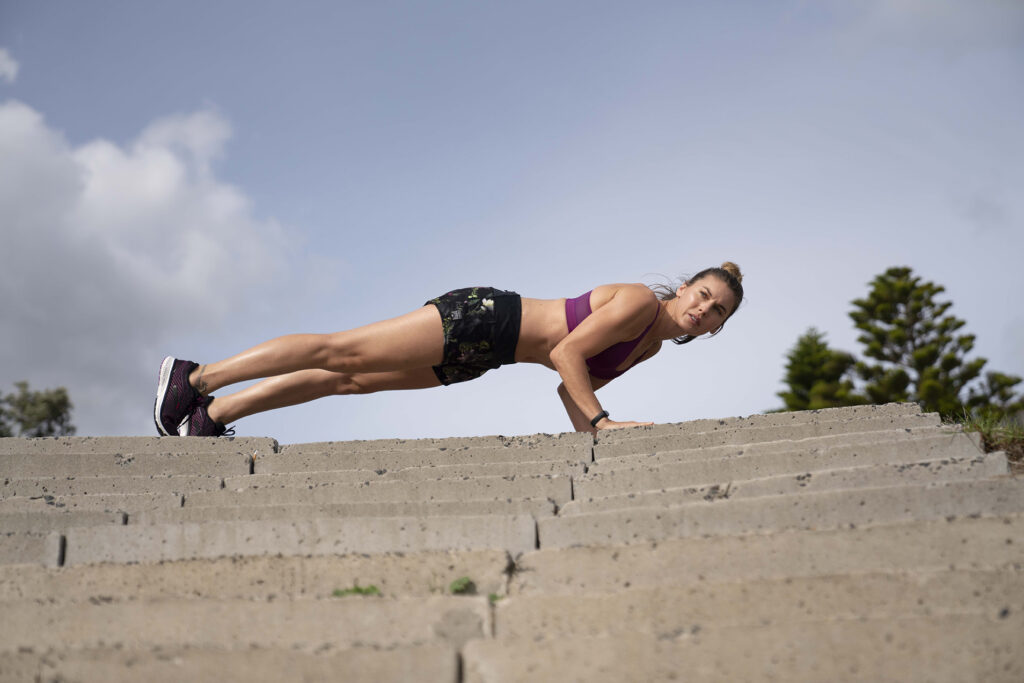The Benefits of Low-Impact, Low-Volume HIIT Workouts
Here’s how much you need to do to boost overall health and endurance, according to new research.
-
Low volumes of HIIT—that clock in at as little as four to five minutes per session—could bring significant improvements in blood pressure, oxygen usage, insulin sensitivity, and weight management, according to new research.
-
You can incorporate exercises such as side lunges, push-ups, supermans, inchworms, and reverse lunges into a short bout of low-impact, low-volume HIIT.
Although many high-intensity interval training (HIIT) workouts clock in around 15 to 20 minutes, a research review published in the Journal of Physiology suggests that you can see benefits with a shorter session as well.
How short? Try under five minutes.
Researchers looked at 11 studies that used randomised trials of HIIT to track cardiometabolic outcomes (obesity, hypertension, type 2 diabetes, and cardiovascular disease); nearly 300 people, most of whom were inactive, were included in the review. They found that even low volumes of HIIT—four to five minutes per session—could bring significant improvements in blood pressure, oxygen usage, insulin sensitivity, and weight management. While more research is needed, the study authors state in their review that low volumes of HIIT may be enough to boost mitochondrial function in your body’s cells, which is linked to improving the health markers mentioned above.
“This is about building endurance and strength long-term, and that means doing sessions only two or three days per week, with at least a day between them,” she told Runner’s World. “That allows you to incorporate the benefits—like more muscle mass and improved cardiorespiratory efficiency—more gradually.”
While you may already have a great deal of impact in your training as a runner, focusing on low-impact HIIT—sometimes called HILIT—can make a nice balance for injury prevention, added Yanique Newman, C.P.T., founder of Be Unique Functional Fitness.

For example, Newman offers this sample bodyweight low-impact HIIT workout, doing each exercise for 30 seconds as quickly as possible, with a 15-second break between them. One set takes about four minutes:
- Side Lunge
- Push-Up
- Superman
- Inchworm
- Reverse Lunge
The breadth of moves you can put together for any HIIT workout seems almost endless, but it’s helpful to incorporate multiple planes of motion and full-body exercises. For example, side lunges provide lateral movement and inchworms work everything from your core to your shoulders and back.
On days you’re not doing these as high-intensity moves, such as rest days or running days, you can slow the sequence down and use them as a dynamic warmup instead, Newman suggested.
READ MORE ON: hiit low-impact training

